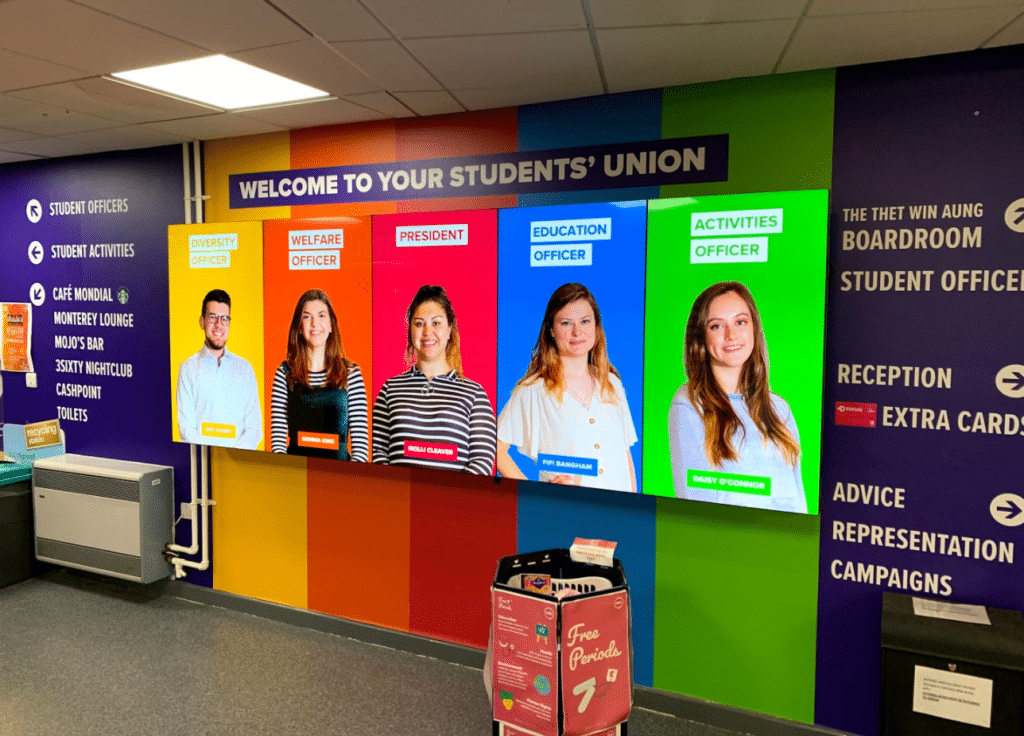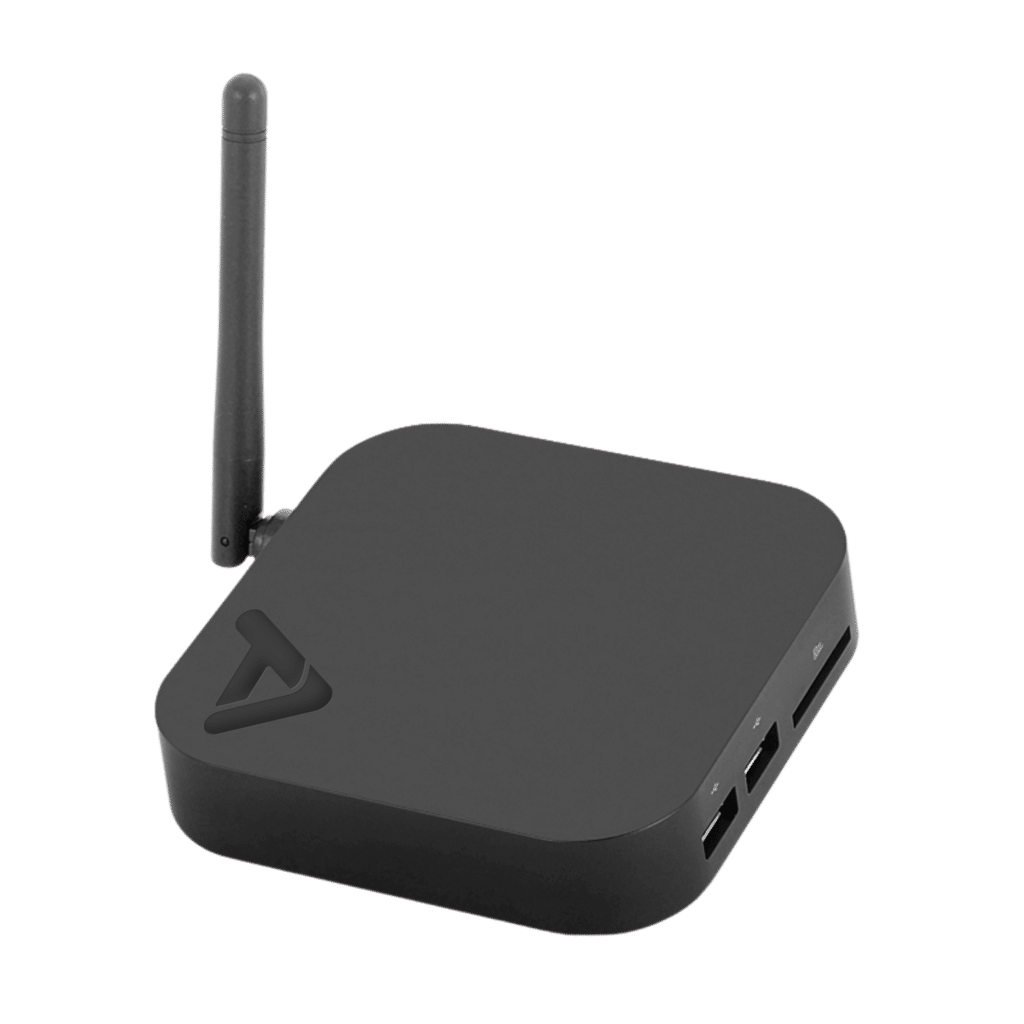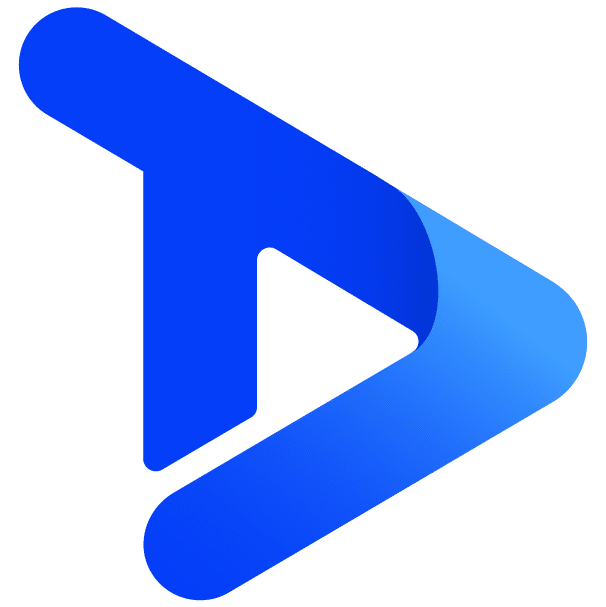Android digital signage is a fast-growing method of getting digital content on screens. Thanks to low prices, high power, and a large level of versatility and usability the Android-based technology is being adopted by organisations globally.
This guide tells you everything you need to know to get started with android digital signage.
What is Android Digital Signage?
It involves using Android-based technology to display digital signage content on screens and digital displays. In digital signage projects, Android technology is present throughout, covering both hardware and software.
Android signage can be found in a large range of digital screen projects in industries such as dental, retail, corporate, manufacturing, and education. Thanks to Android-based technology, these screen projects will range from simply displaying content, to fully-fledged digital wayfinding systems.
There are some key reasons as to why Android is becoming a front-runner in digital signage, including:
- Price – Android hardware and software can often be obtained at a much lower cost in comparison to competing solutions.
- Power – Android technology is able to produce a large amount of power, even with small sizes. This is perfect if you want to keep your screen network looking sleek.
- Functionality – Thanks to an array of apps, users can add greater levels to their digital signage network. This includes enhanced support and entertainment.

Android Digital Signage Apps
Android digital signage apps will play a huge role in your screens project. From powering your software to enabling support, these apps can do it all. This is all thanks to the ocean of apps available through Android.
The main type of Android digital signage app is the digital signage software itself. This will be an Android-based app that allows the user to pull their signage content from their cloud-based software to their screen. In most cases, all a user needs to do is sign into the software with their credentials and click go. Once done, their signage content will begin to play.
Another essential Android app is a support app. These apps will allow your digital signage provider to jump on remotely and fix any issues you might have. Our first choice app for support is Teamviewer. If one of our users is having an issue with their screen, it allows us to see exactly what the user is seeing and solve the issue in seconds. As a result, screen uptime is maximised.
Another popular app used in android-based digital screen projects is entertainment apps. These apps will often integrate with the software app and provide more usability regarding a user’s screen. One popular example is the YouTube app. This app allows YouTube videos to be directly streamed within the digital signage content on screen.

Android Media Players
Now we’re on to the hardware. The media player is the part of a digital signage project that pulls everything together. It pulls in your content from your software, processes it, and shows it on-screen.
There is a large range of media players on the market that will suit a variety of purposes and use cases. Some signage players are similar to USB sticks and will plug straight into the back of your screen before playing your content. However, as these players are much smaller, they often lack the power to deploy more complicated content such as live data feeds or multiple videos.
TrouDigital media players are powered by Android software. They fit snuggly behind any display and are able to effortlessly display a large variety of simple and complex content.
For large video walls, users will often require a more powerful media player. These media players are around the size of a small PC. They possess a larger amount of power allowing them to control multiple screens at a single time.

If you have any questions related to Android and digital signage, speak to an expert today. Call our friendly team on 02380 981110 or Email info@troudigital.com for a no-obligation consultation. Alternatively, click the button below.
